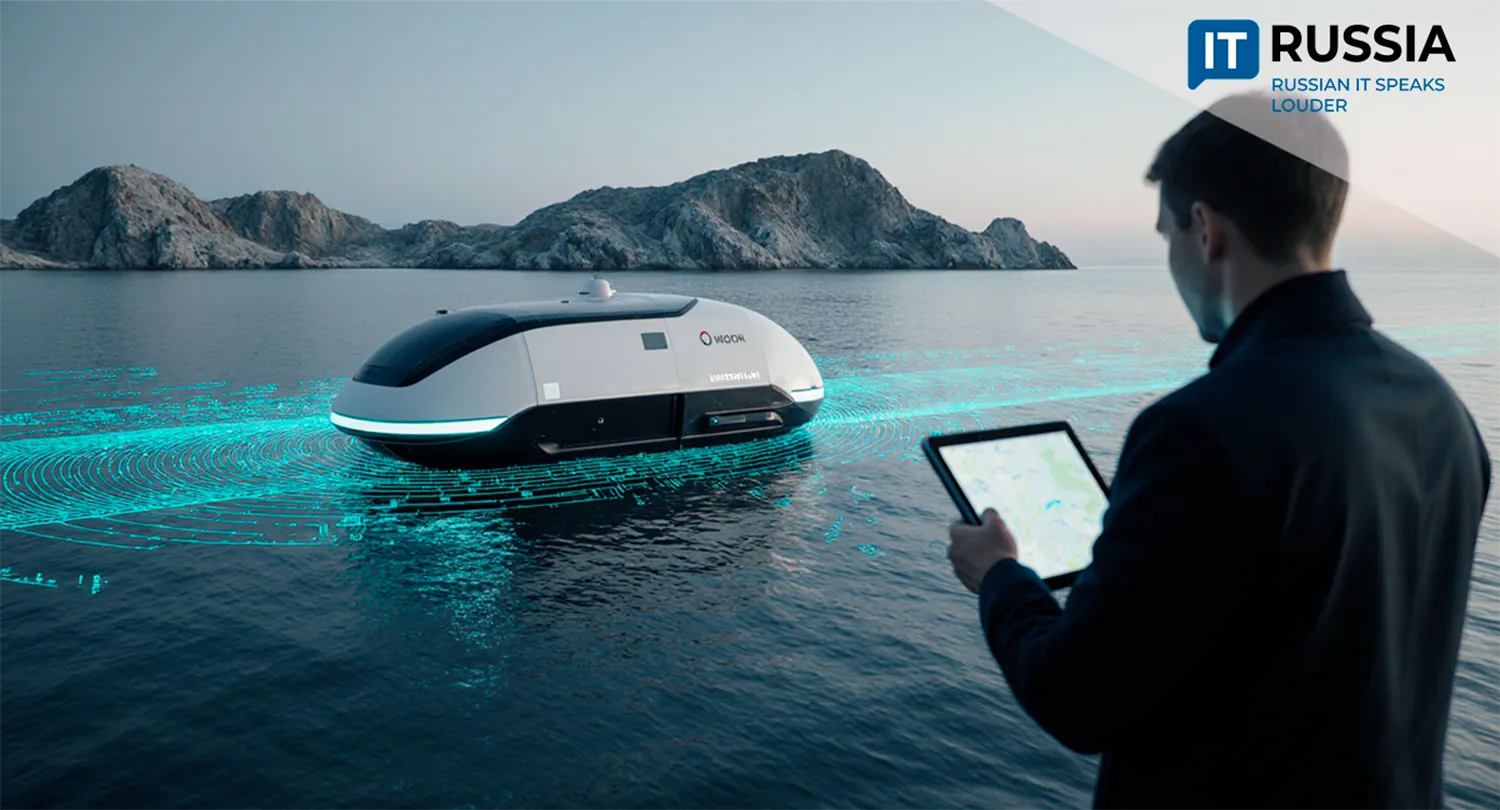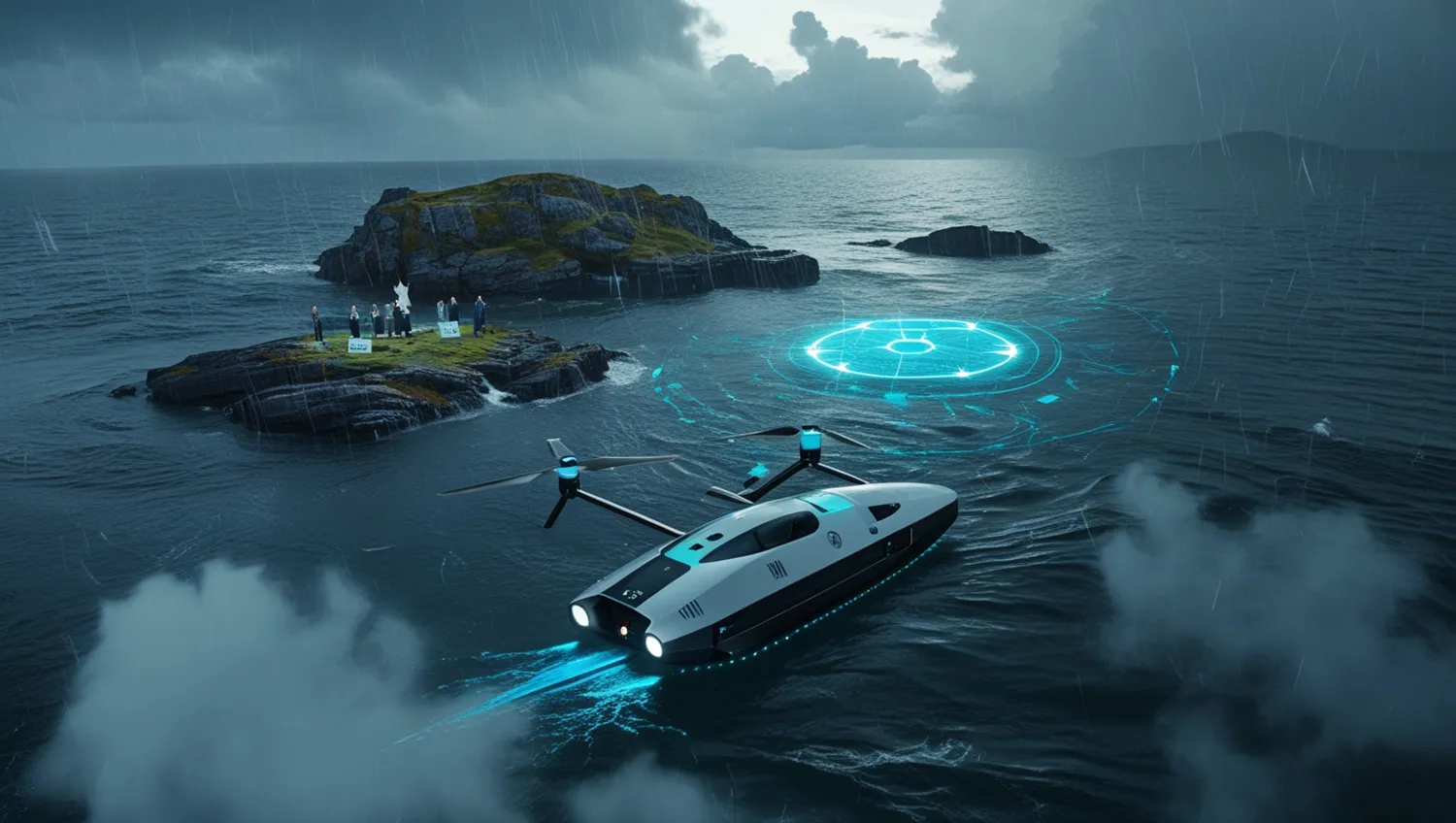Sakhalin Odyssey
In a first for Russia, the Sakhalin Region Election Commission successfully used an unmanned marine vessel to deliver election materials from the mainland to the remote island of Moneron. The mission also transported critical supplies, marking a milestone in autonomous logistics.

A Technological Breakthrough at the Edge of the Map
Moneron Island represents one of the toughest logistical challenges in the Sakhalin Region—an isolated territory staffed by park employees and occasionally visited by tourists, including residents of the Nevelsk District. Traditionally, election materials were delivered there by helicopter, an approach that involved significant costs and was highly dependent on weather conditions. Unmanned technologies are particularly relevant for this region, which includes numerous hard-to-reach locations such as Shikotan and Iturup Islands and the Krilion and Velikan capes, where sometimes only one or two residents live but still require access to voting rights.
The drone boat, developed by the nonprofit NPC Wings of Sakhalin, successfully covered a 63-kilometer sea route, transporting not only election documentation but also 300 kilograms of vital cargo for park staff—from food and medicine to fuel. This project opens the door for large-scale adoption of unmanned technologies in government services and may become a catalyst for revolutionizing Arctic logistics.
Faster and Cheaper
The economic efficiency of the project is clear—using unmanned vessels has proven far more cost-effective for the budget. Viktor Gritsaenko, Director General of NPC Wings of Sakhalin, noted that such experiments are carried out regularly, but the 63-kilometer route was completed for the first time. The journey was conducted in autonomous mode with external supervision, as an operator at a ground station monitored the vessel’s technical parameters in real time.

The importance of this experiment extends well beyond one polling station. For Russia, it demonstrates the state’s ability to adopt cutting-edge technologies for practical governance. For the global community, it highlights a unique example of unmanned marine platforms being used for fast cargo delivery, a model that could appeal to other coastal and island regions with similar logistical challenges.
Arctic Horizons and Export Ambitions
The successful test of the unmanned vessel creates strong prospects for deploying such solutions in other Russian regions with extreme climates and isolated territories. The Sakhalin Region is already pioneering unmanned applications, with more than 70 use cases in various sectors, positioning the region as a leader in practical drone deployment.
The export potential of Russian unmanned solutions for Arctic and island logistics is significant. The technology can be adapted for countries facing similar geographic challenges—Canada, Norway, and Finland, where remote and island areas also demand reliable cargo delivery. Far Eastern carrier Aurora Airlines, through its Aurora-BAS division, is already prepared to provide unmanned cargo delivery services across the Russian Far East.

In the future, these systems could deliver medicine, food, and emergency supplies to remote areas, creating a resilient logistics network for isolated populations. Integration with satellite navigation and monitoring platforms will enable a full-fledged ecosystem of state-level autonomous transportation.
Global Evolution of Unmanned Marine Logistics
The rise of unmanned marine technologies has become a global trend in recent years. In 2022, Norway launched the Yara Birkeland, the world’s first autonomous electric container ship. That same year, Japan’s Nippon Yusen successfully tested an unmanned vessel that sailed more than 500 miles along Japan’s coast under OrcaAI artificial intelligence control.
More recently, Norway launched an electric unmanned ferry with capacity for 20 passengers, while Japanese developers introduced a 222-meter autonomous car ferry. In Russia, an ecosystem of unmanned technologies for delivering cargo to remote areas—both by air and by sea—has taken shape in recent years.
The Future of Autonomous State Logistics
The Sakhalin experiment demonstrates the practical value of autonomous technologies, paving the way for a specialized sector of state-level unmanned logistics. By 2026–2027, broader adoption of unmanned technologies in Russia’s remote regions is expected, with larger pilot projects underway. By 2028 and beyond, federal programs for unmanned logistics infrastructure could emerge as part of the broader digital transformation of public administration.

International opportunities include licensing Russian technologies or creating joint projects with other Arctic and island nations. The Sakhalin experience could form the basis for international standards for unmanned technologies, including in government operations, positioning Russia as an exporter of innovative solutions for extreme logistics and strengthening the country’s standing as a technological leader in autonomous transport for challenging geographical and climate conditions.










































